Showing 97–110 of 110 results
-

Sago(Sabudana)
Sago, also known as Sabudana in Hindi, is a starchy substance extracted from the pith or centre of certain types of palm trees and is commonly used as a food ingredient. Sago is derived from the pith of various types of palm trees, primarily the sago palm (Metroxylon sagu) and the cycad plant. Sago is primarily composed of carbohydrates and provides a quick source of energy. It is low in fat and protein but lacks significant vitamins and minerals.: Sago is naturally gluten-free, making it suitable for individuals with gluten sensitivities or celiac disease.
-
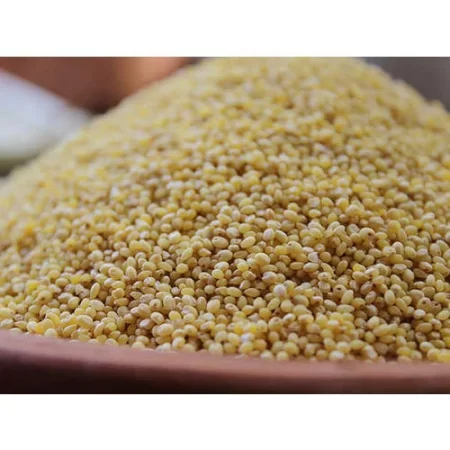
Samo
Samo, also known as Samak Rice or Barnyard Millet, is a type of millet commonly used in Indian cuisine. Samo belongs to the millet family and is often categorized as a pseudo-cereal. It is not a true rice but is referred to as Samak Rice due to its similar appearance and use. Samo is naturally gluten-free, making it suitable for individuals with gluten sensitivities or celiac disease.
-
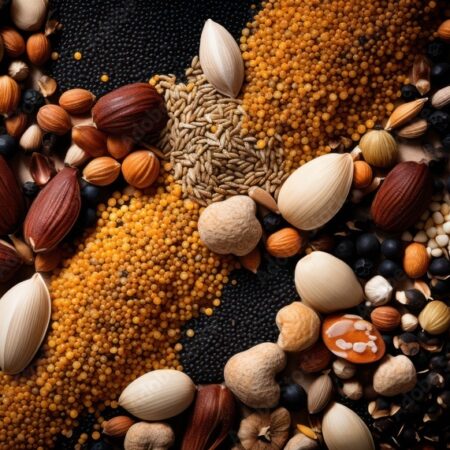
Seven Seeds
Seven Seeds” typically refers to a blend of seven different types of seeds that are often combined for their nutritional benefits. The specific seeds included in the blend may vary, but commonly used seeds in such blends include:
1.Chia Seeds: Rich in omega-3 fatty acids, fiber, and antioxidants.
2.Flax Seeds: Packed with omega-3 fatty acids, fiber, and lignans.
3.Sunflower Seeds: Provide healthy fats, protein, and various vitamins and minerals.
4.Pumpkin Seeds: A good source of protein, healthy fats, and minerals like zinc and magnesium.
5.Sesame Seeds: Contain healthy fats, protein, and minerals like copper and manganese.
6.Hemp Seeds: Rich in omega-3 and omega-6 fatty acids, protein, and minerals.
7. Poppy Seeds: Provide dietary fiber, B vitamins, and minerals like calcium and magnesium.
-
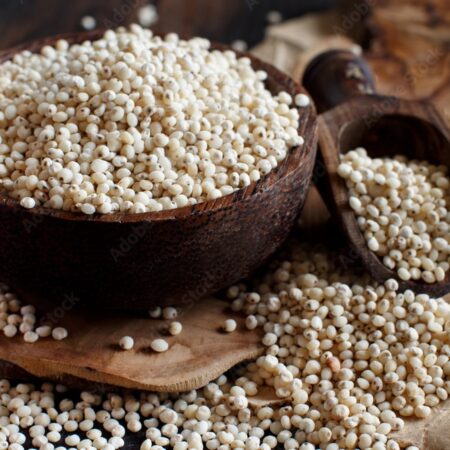
Sorghum
“Sorghum,” is a cereal grain that belongs to the grass family Poaceae. Sorghum is grown in various regions globally, primarily in warm climates. It is an important cereal crop for food, fodder, and industrial purposes. Sorghum is a good source of carbohydrates, dietary fibre, and various essential nutrients such as iron, magnesium, and B vitamins. Sorghum is naturally gluten-free, making it a suitable grain for individuals with gluten sensitivities or those following a gluten-free diet.
-
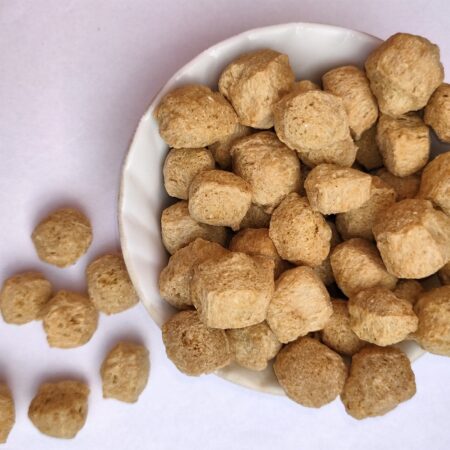
Soya Khima
It is a popular vegetarian keema version made with soya granules or meal maker. the recipes are made similar to the mutton or chicken keema where soya granules are minced or chopped finely and sautéed. this dish is ideally served as a side dish to the roti or chapati and makes a complete meal filled with protein.
-
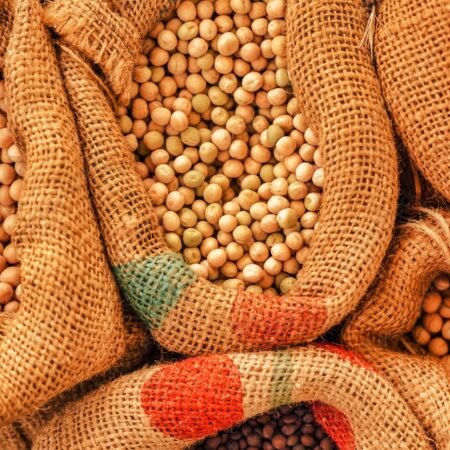
-

Soyabean
Soybeans, also known as soya beans, are a versatile and nutritious legume that belongs to the pea family. Soybeans are a rich source of plant-based protein, essential amino acids, dietary fibre, vitamins (including B vitamins), and minerals (such as iron, calcium, and magnesium). Soybeans are considered one of the best plant-based protein sources, making them a crucial component in vegetarian and vegan diets.
-

Sprinkles
Sprinkles, also known as jimmies or hundreds and thousands, are colourful, tiny confectionery decorations used to add a decorative touch to various baked goods and desserts. Sprinkles are made from sugar, corn syrup, edible waxes, and food colouring. They come in a variety of shapes, including spherical, rod-like (jimmies), and tiny flakes. Sprinkles come in a rainbow of colours, allowing for creative and vibrant decorations. They are available in different shapes, such as round, star-shaped, heart-shaped, and more.
-

Star Aniseeds
Star anise, scientifically known as Illicium verum, is a spice obtained from the dried pericarps of the star-shaped fruit of the star anise tree. Star anise comes from the evergreen tree Illicium verum, native to Southwest China. Star anise has a strong, sweet, and licorice-like flavour. It is often used to impart a distinct taste to both sweet and savoury dishes. The spice gets its name from the star-shaped appearance of the dried fruit, which has eight pointed segments.
-
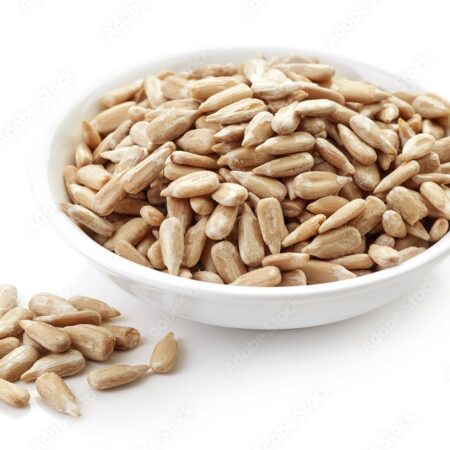
Sunflower seeds
Sunflower seeds are the edible seeds harvested from the sunflower (Helianthus annuus) plant. Sunflower seeds are enclosed within the large head of the sunflower, and each seed is found at the centre of a disk-like structure called the sunflower head. Sunflower seeds are a nutrient-dense snack, containing healthy fats, protein, fibre, vitamins (especially vitamin E), and minerals (such as magnesium, phosphorus, and selenium). Sunflower seeds offer several health benefits, including supporting heart health, providing antioxidant protection, and contributing to bone health due to their magnesium content. Sunflower seeds are a particularly good source of vitamin E, an antioxidant that helps protect cells from damage.
-
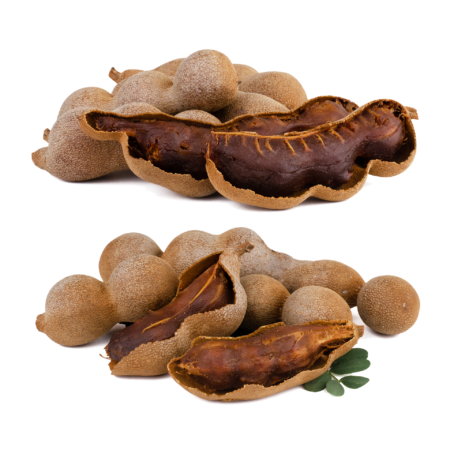
Tamarind
Tamarind is a tropical fruit that comes from the tamarind tree (Tamarindus indica). Tamarind pods contain a brown, sticky pulp that surrounds the seeds. The pulp is extracted for culinary use. Tamarind has a unique sweet and sour flavour, which adds a tangy and tart taste to dishes. Tamarind is rich in antioxidants and contains vitamins and minerals, including vitamin C, B vitamins, potassium, and magnesium. It is also believed to aid digestion.
-
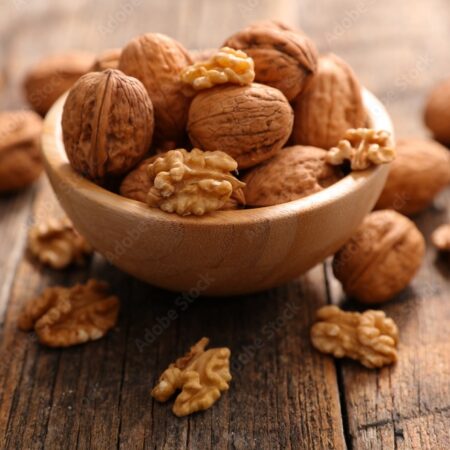
Walnuts
Walnuts are nutrient-dense nuts that come from the Juglans genus tree. Walnuts are packed with nutrients, including omega-3 fatty acids, antioxidants, protein, fibre, vitamins (such as vitamin E and B vitamins), and minerals (including magnesium and potassium). Walnuts are often considered a brain-boosting food due to their high content of omega-3 fatty acids, which are essential for cognitive function. Regular consumption of walnuts is associated with heart health benefits. The omega-3 fatty acids and antioxidants may help reduce inflammation and improve cholesterol levels. The antioxidants and polyphenols in walnuts contribute to their anti-inflammatory properties, potentially benefiting overall health.
-
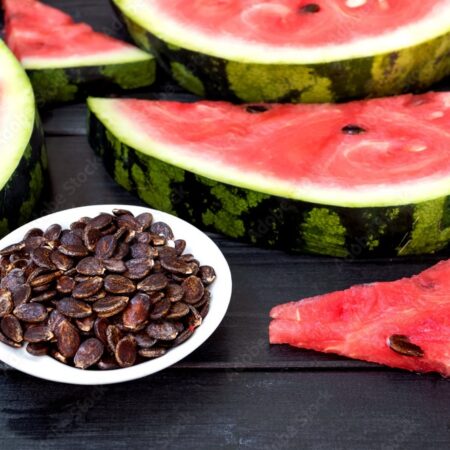
Watermelon seeds
Watermelon seeds are the small, edible seeds found in the centre of watermelon fruit. Watermelon seeds are a nutritious snack, containing protein, healthy fats, fibre, vitamins (such as B vitamins), and minerals (including iron, magnesium, and zinc). Watermelon seeds offer health benefits, including protein for muscle health, fibre for digestive health, and essential minerals that contribute to overall well-being. Watermelon seeds contain antioxidants that help protect the body from oxidative stress and inflammation.
-
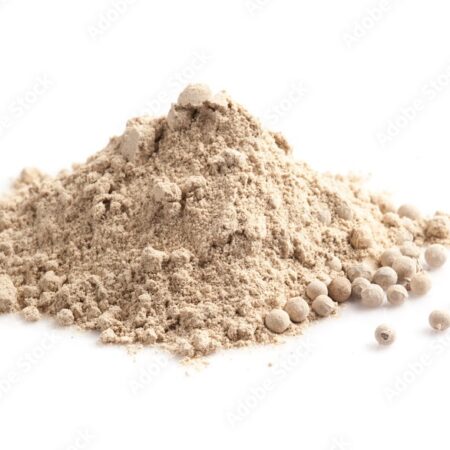
White Pepper
White pepper is a spice derived from the dried seeds of the pepper plant (Piper nigrum). White pepper comes from the same plant as black pepper, Piper nigrum. The difference lies in the processing method. To produce white pepper, fully ripe pepper berries are soaked in water to remove the outer skin, leaving the inner seed. The seeds are then dried, resulting in a light-coloured spice. White pepper has a milder, less complex flavour compared to black pepper. It is characterized by earthy, pungent notes with a hint of fermentation.

